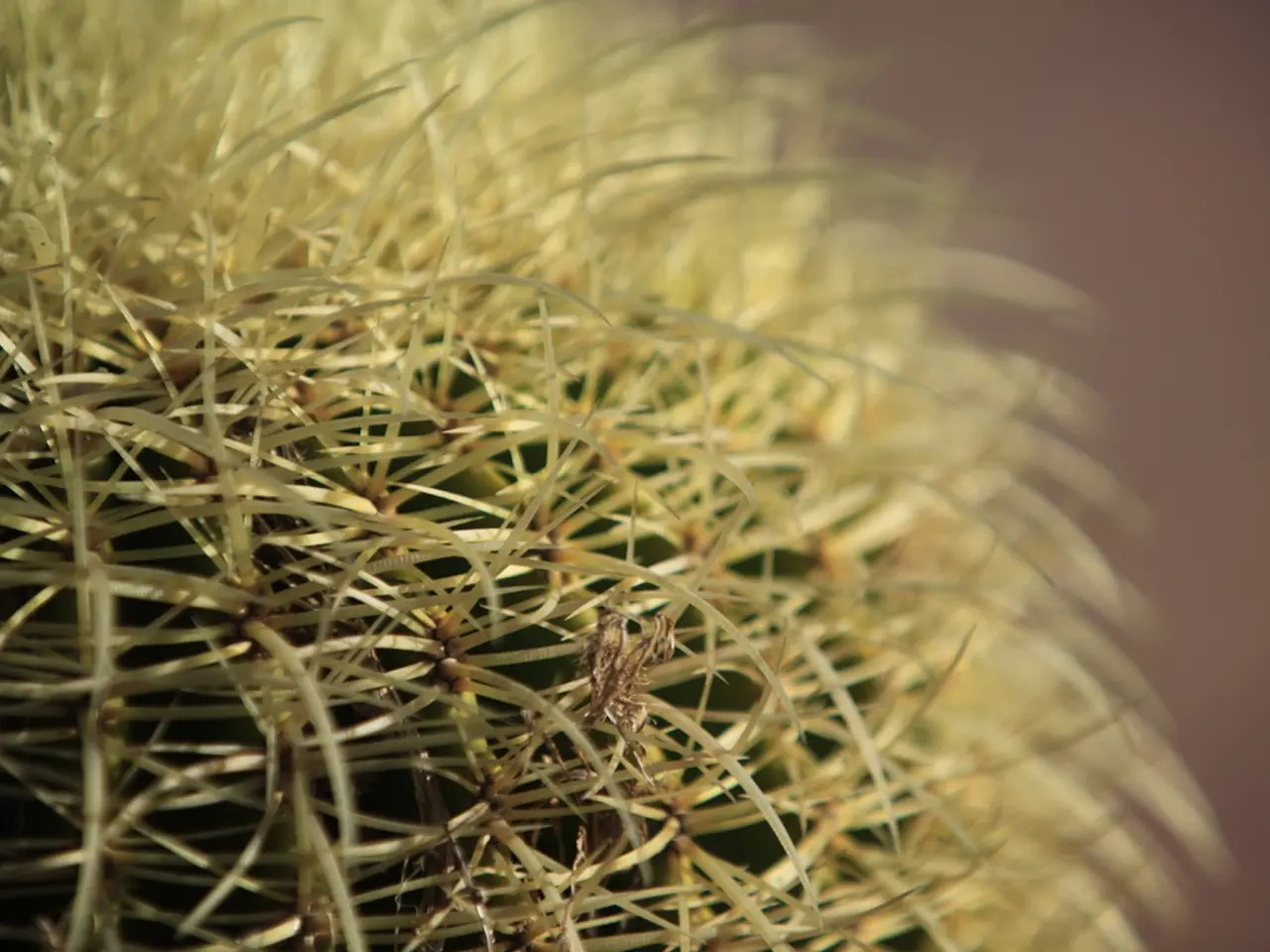Why Is My Christmas Cactus Turning Purple? A Fresh Take on a Common Problem
How Come My Christmas Cactus Is Purple? Solutions for Reverting It Back to Green.
Holiday season isn't complete without the iconic Christmas cactus filling our homes with both color and charm. Yet, if you find purple or red hues appearing on your Christmas cactus leaves, it's a clear sign that something isn't right. So, what's causing this color change, and how can you fix it? Let's delve into the Why Is My Christmas Cactus Turning Purple mystery.
Lack of Proper Nutrition
Christmas cacti need the right balance of nutrients to thrive. A regular, diluted feeding of a balanced houseplant fertilizer will help keep your plant nourished. However, they also have a unique need for magnesium, which can be satisfied by adding a teaspoon of Epsom salts to a gallon of water every month during the growing season.
Root Issues
Much like any living organism, roots are essential for your Christmas cactus's health. If roots become overcrowded, they can't effectively absorb nutrients, leading to foliage problems. Repot your Christmas cactus every three to four years to ensure its roots have enough room to thrive.
Light Issues
Contrary to their name, Christmas cacti aren't desert plants designed to live in hot, dry conditions. Instead, they thrive in indirect light. Too much sunlight, especially direct light, can turn the cactus's segmented branches purple. So, be cautious when moving Christmas cactus outside in the summer and find a suitable indoor location that offers bright but indirect light.
Pro tips for Preventing Purple Leaves on a Christmas Cactus
Prevention is always better than cure. To avoid seeing your once-green Christmas cactus transform into a vibrant red or purple plant, remember these tips for proper care:
- Provide adequate nutrients during the growing season (early spring to late summer) using a diluted balanced houseplant fertilizer.
- Repot your Christmas cactus every three to four years to keep the roots healthy and provide sufficient space for growth.
- Manage sunlight exposure appropriately: avoid both excessive direct sunlight and low light conditions, as both can lead to purple or red leaves.
Reviving a Purple Christmas Cactus
If you've noticed your Christmas cactus developing purple leaves, don't panic. The chances of returning it to its original green state are higher if you tackle the issue promptly. To help your plant recover, take the following steps:
- Adjust your fertilizing schedule to provide the proper nutrients.
- Repot your indoor plant into a slightly larger pot if it's rootbound, helping to improve the plant's health.
- Ensure your plant receives the appropriate amount of sunlight and protect it from sudden changes in light intensity.
If your plant has been affected for a long time or is severely affected, it may be difficult to fully revive its green color. However, don't discard it immediately—many gardeners find the purple hue interesting and exotic.
Happy gardening, and remember, your Christmas cactus is counting on you!
Sources:1. Christmas Cactus Care Guide: Dos and Don'ts2. Purple Christmas Cactus: Why is your Christmas Cactus Turning Purple?3. California Master Gardener Handbook, University of California4. Christmas Cactus Care Tips for Perfect Holiday Blooms
- Maintaining a healthy lifestyle for your Christmas cactus includes providing it with the right nutrients, especially magnesium, through a balanced houseplant fertilizer and Epsom salts, and ensuring it's repotted every three to four years for optimal root health.
- A vibrant purple color on a Christmas cactus may appear if it does not receive appropriate levels of sunlight, with excessive direct light being a common culprit. Therefore, it's essential to find an indoor location that offers bright but indirect light for your Christmas cactus during both winter and summer.







